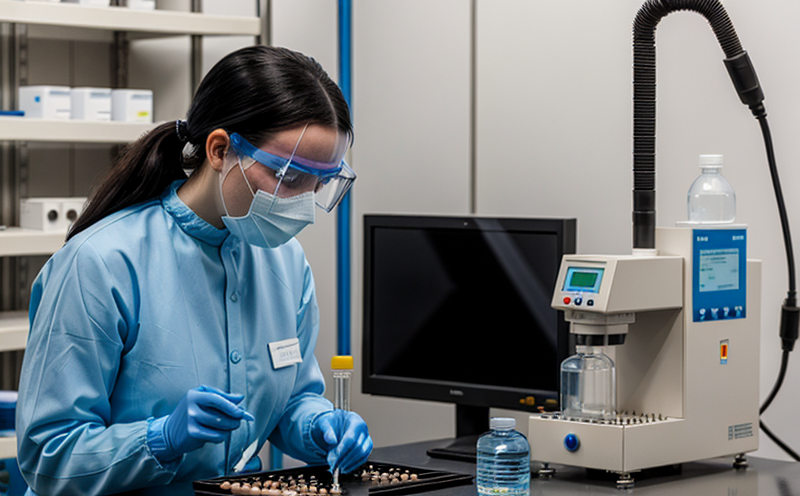Ester Impurity Profiling Testing
When conducting pharmaceutical testing within the sector of chemical characterization and impurity profiling, one critical aspect is the identification and quantification of ester impurities. Esters are often used as solvents, intermediate compounds in synthesis, or as part of drug formulations themselves. Understanding and managing ester impurities is essential to ensure product safety and efficacy.
Ester impurities can arise from multiple sources during pharmaceutical development and manufacturing processes, including raw materials, intermediates, and final products. These impurities could be degradation products, by-products from synthetic routes, or residual solvents from processing. The presence of ester impurities not only affects the purity and stability of a drug product but also impacts its therapeutic profile.
The importance of ester impurity profiling lies in meeting regulatory requirements set forth by organizations like the FDA, EMA, and other global health authorities. These regulatory bodies emphasize the need for thorough analysis to ensure that pharmaceutical products comply with safety standards and do not contain unacceptable levels of impurities that could lead to adverse effects.
Our service offers comprehensive ester impurity profiling testing using advanced analytical techniques such as High-Performance Liquid Chromatography (HPLC), Gas Chromatography-Mass Spectrometry (GC-MS), and Nuclear Magnetic Resonance (NMR). These methods provide precise quantification and structural elucidation of ester compounds, allowing us to identify even trace amounts. This capability ensures that pharmaceutical companies can maintain high standards of quality control throughout the manufacturing process.
By leveraging our expertise in this specialized area, we help clients meet stringent regulatory guidelines while also enhancing their ability to innovate and bring safe, effective drugs to market faster. Our team works closely with clients to tailor testing protocols that address specific needs related to their particular compounds or formulations.
Applied Standards
| Standard | Description |
|---|---|
| ISO 17025 | International standard for the competence of testing and calibration laboratories. |
| ICH Q3D | Guidance from the International Council for Harmonisation on impurities in pharmaceutical products. |
| ASTM E1546 | American Society for Testing and Materials standard for gas chromatography analysis of esters. |
| EN 14976 | European standard concerning the performance requirements and test methods for pharmaceutical products. |
Scope and Methodology
The scope of our ester impurity profiling testing encompasses a wide range of services aimed at ensuring the purity and safety of pharmaceutical products. We employ state-of-the-art instruments including HPLC, GC-MS, and NMR to analyze samples from various stages of production.
- Sample preparation involves extracting esters using appropriate solvents based on their polarity.
- Data acquisition is done through multiple runs ensuring repeatability and accuracy.
- Identification and quantification are performed following established protocols outlined by relevant standards.
The methodology we utilize ensures that all aspects of the testing process adhere to strict quality assurance measures. This includes calibration of equipment, validation of methods, and documentation of results for traceability.
International Acceptance and Recognition
- The European Medicines Agency (EMA) recognizes the importance of comprehensive impurity profiling tests like those we offer.
- Our methodologies comply with FDA guidelines for pharmaceutical manufacturing, ensuring compliance with international standards.
- International Organization for Standardization (ISO) accreditation supports our commitment to providing reliable and accurate data globally.





